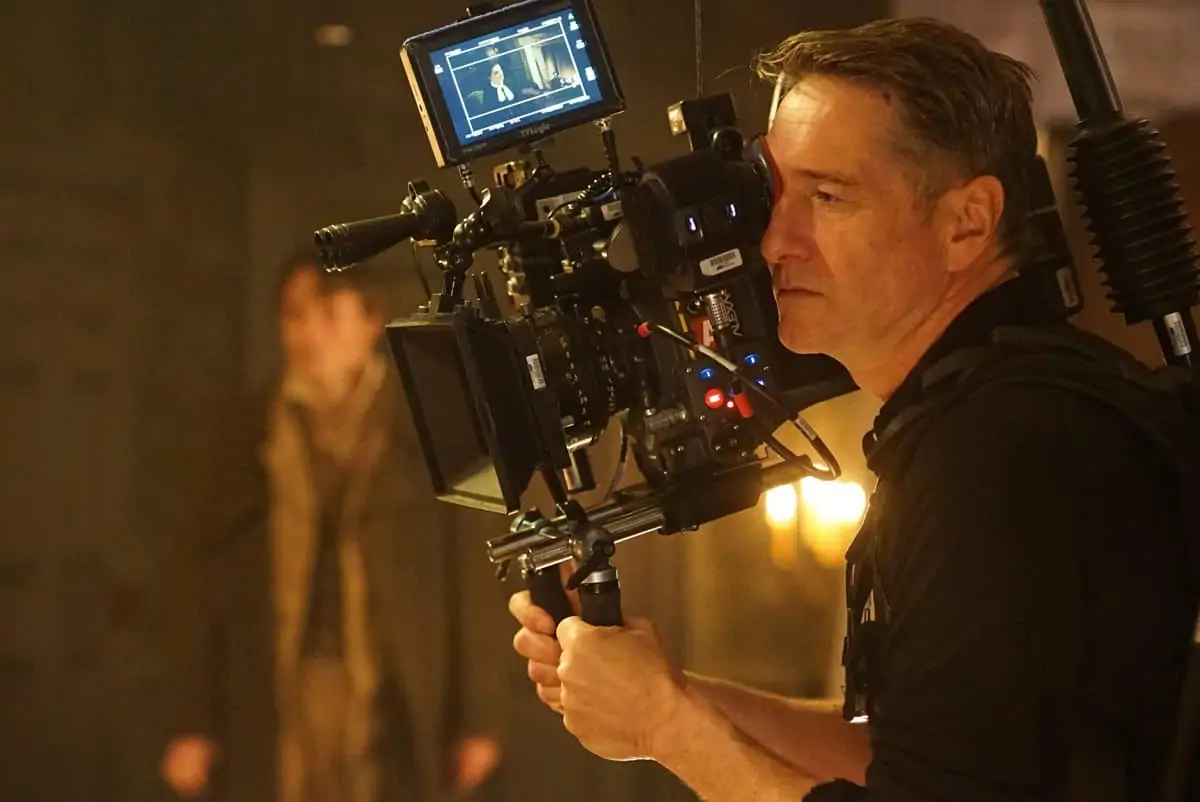Safety first
President's Perspective / Mike Eley BSC

Safety first
President's Perspective / Mike Eley BSC
Everyone was devastated when they heard the news of camera operator Mark Milsome’s death, a tragedy that occurred while he was filming on the set of the BBC/Netflix production The Forgiving Earth. Our thoughts went out immediately to Mark’s family, out of deepest sympathy and also because we’ve all been on a set at one point or another, filming risk, framing danger, but always knowing that it is not real, a fiction, and that we will go home at the end of the day. Sadly, that wasn’t to be for Mark.
Let me say from the outset that, at the time of writing, what exactly happened on the set of The Forgiving Earth remains unknown to all except those immediately involved. An inquiry is underway. But yet again, a colleague’s death on-set – memories of Sarah Jones in the US have not dimmed – raises questions of production values (and I don’t mean money up on screen). What attitudes might there still be swirling around that inadvertently put crew members at risk?
In a business that provides thrills, adventure and close-shaves for the entertainment of millions, we know that risk is often an element of our working day. Despite the omnipotence of VFX, more often than not, a camera – and therefore a camera operator – has to be in place to make that shot work.
Yes, a remote camera can be used to capture the moment, but a shot will – and here the irony stings – ‘live’ longer when operated.
Today we work in an industry that is burgeoning. More television films and programmes are being made than ever before. Ever more content is demanded to fill the schedules of broadening and emerging channels. This is good and makes the UK film and television industry one of the busiest and most enviable across the world.
However, with this enviable position comes responsibility, on everyone’s part, to ensure the safety of crew members and cast working on set. And I’m not just talking about the obvious stunt-related dangers. From the moment a schedule is first drawn up during prep, to the moment when the first AD shouts “Action!”, at every step, every consideration should be given to the welfare and safety of those people who will deliver the images and sound that will reap critical acclaim for the director, awards for the producers and viewing figures for the studio.
The length of a working day and the working week, turnaround times, travel, and accommodation, all have knock-on effects that will, come the moment for “Action!”, affect a crew member’s ability to perform their job to the very best of their ability. So when we consider the split-second timing that most stunts require, it doesn’t take a massive leap of the imagination to see that a tired crew blurs the line between safety and an accident waiting to happen.
As television grows in its ambition, with accompanying labyrinthine financing structures, completion bonds are becoming more common for small screen productions, which is perhaps not a bad thing. The scrutiny such oversight brings can be the difference between a schedule designed to fail (‘You want to burn the church down on a night shoot, and then travel the crew two hundred miles the next day for the street-riot scene!?”), and a production run in-tune to the real world that doesn’t consider the crew as some inexhaustible commodity. Commission-winning endeavour can be applauded, until the price paid are false economies that risk life and limb.
The BSC trusts the inquiry into Mark’s death has proper scrutiny, transparency and incisiveness. That it establishes not only the how and why, but also what can be learnt so future risk is minimised to the absolute. Apportioning blame is not the goal – one can barely imagine the after effects felt by those who were on-set with Mark. Rather, it’s about shining a light on the technical and logistical details of what went wrong as well as the work and production culture behind decisions made (or not made).
The decision to put oneself in harm’s way is not taken lightly. And professionals know the difference between calculated risk and stupidity. We just want to go to work knowing that everyone involved is making the same calculations.
This is a difficult subject for anyone who communes with a viewfinder. The famous Robert Capa quote, “If your pictures aren’t good enough, you’re not close enough”, can wheedle itself into the brain of any photographer in pursuit of the decisive moment or angle. I know that myself from my time shooting docs in war-zones. But it romanticises the lone-wolf, the derring-do of the khaki-clad, Leica-wielding battalion stowaway.
Well, here’s another quote, from photographer Dorothea Lange: “A camera is a tool for learning how to see without a camera.” Beyond the confines of the viewfinder, there is the bigger picture.
Mike Eley BSC
President
British Society Of Cinematographers

